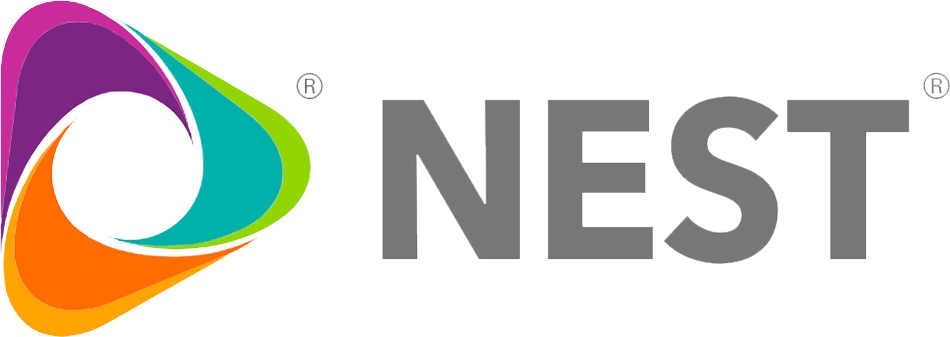Today’s facilities management (FM) function is taking on increased organizational significance. In addition to traditional site cleaning and maintenance responsibilities, FM now includes countless duties covering technology infrastructure, sustainability strategies, and user experiences一to name just a few. According to online industry resource and educational tool facilitymanagement.com, the FM professional has become a key driver of performance and enabler of change.
Thus, moving from a reactive approach to one more proactive is essential to a successful program. Naturally, this will have ramifications for budgeting. Unlocking strategic savings一those related to strategic initiatives within your FM program一can help.
Here are six ways to do it.
1. Outsource Tactical Duties
It’s difficult and costly to be an expert in everything. As the scope of FM responsibilities expands, resource allocation will need to shift toward more strategic functions with greater impact一preventative maintenance, for example一and away from everyday tasks to optimize spend.
Tactical responsibilities such as day-to-day cleaning could be more efficiently delivered through outsourcing. This could reduce the need for in-house expertise and labor to manage these tasks and free the team to focus on other concerns.
A well-negotiated contract with a specialty vendor could better control costs, which helps your bottom line today, and makes budgeting more predictable. You might even achieve better on-the-ground results.
2. Adopt Performance Benchmarking
Understanding how your program performs relative to industry standards is the first step toward strategic improvement. An effective benchmarking program can uncover opportunities for savings and, notably, even provide additional rationale for doing so. Meeting industry standards, at a minimum, is essential. Areas of importance to evaluate might include customer experience, staff costs, cost/square foot, risk incidents/hours worked, and so on.
To get started, check out the International Facilities Management Association (IFMA), a widely known professional association for facilities management professionals. Each year, the IFMA publishes its Operations and Maintenance Benchmarks guide.
3. Use Work Order Management Software
Work order management, including optimal resource allocation, is at the heart of any facilities program. Identifying problems, mitigating inefficiencies, and uncovering savings are nearly impossible without clear sight lines to on-the-ground activity.
Comprehensive work order management software, such as NEST’s Facilitate, enables users to gain full program visibility and track work orders from start to finish. Leveraging data to identify trends and uncover actionable insights is pivotal to creating strategic savings opportunities.
Furthermore, integrating your existing information systems will enhance the software’s value. Finance, procurement, sales, and other departments can leverage data to better inform firm-wide decision making.
It may be tempting to go for free platforms, but they tend to skimp on features, including important functionalities such as integration and scaling. Commit to a robust research process at the front end and purchase the best program you can afford. It’s more likely than not you‘ll recover your investment before you know it.
4. Add Preventative Maintenance
Preventative maintenance (PM) is a strategic practice designed to identify and rectify potential malfunctions with assets and equipment before they occur. With regularly scheduled inspections, testing, and routine maintenance (such as adjustments and lubrication), equipment reliability is increased, and asset life cycles extended. PM also reduces downtime, an adjacent but significant cost in itself.
PM is typically scheduled in time intervals, such as semiannually, or triggered by a particular meter reading. For example, these can include hours operated, production cycles run, or miles driven.
Other benefits to PM include increased safety and reduced injury risk, productivity, and cost savings.
5. Take Measures to Improve Energy Savings
According to the Environmental Protection Agency (EPA), the average commercial building (including retail space) wastes about one-third of its energy. Lighting and HVAC systems are often significant contributors to the problem. Replacing incandescent bulbs with LED bulbs, which use 75% less energy on average, can make a substantial difference to your energy bill一and reduces maintenance costs.
In addition, timers and occupancy sensors for lighting and HVAC can better control lighting and room temperature. Programmable thermostats are also ideal for assisting in regulating space temperature. Federal energy efficiency program Energy Star provides resources on the topic, including guidelines for developing a comprehensive retrofit program.
A comprehensive Integrated Facilities Management (IFM) solution can help boost energy savings across your organization with these measures, plus a comprehensive PM program that helps optimize operational efficiencies. PM requires more upfront planning but can significantly reduce downtime unpredictability一a primary cause of high energy costs.
The alternative is reactive maintenance, in which a fix is initiated after an event. This requires less upfront planning but includes greater unpredictability and related costs. In fact, energy research organization New Building Institute (NBI) contends reactive maintenance can increase energy use by as much as 30 percent to 60 percent and shorten equipment lifespans.
6. Unlock Strategic Savings With Integrated Facilities Management
Integrated Facilities Management is a holistic approach to FM in which main functions are centralized under one outsourced provider to optimize spend across your program.
NEST’s industry-leading IFM solution includes five client-facing components aligned to increase operational efficiency and uncover strategic savings. They are:
- Smart Work Order Technology. Facilitate empowers users with streamlined workflows and access to granular data from anywhere at any time. The platform is web-based with a mobile app and just as valuable in the boardroom as the field一and all without subscription or tech fees for IFM clients.
- Independent Service Provider (ISP) Network. NEST’s 27,000+ ISPs are fully vetted and trained to your brand standards to ensure quality service execution. Service Level Agreements (SLAs) and negotiated pricing keep costs down.
- Operational Command Center (OCC). NEST’s U.S.-based OCC helps manage your company’s service needs from scheduling to completion and follow-up, 24/7/365.
- Powerful Analytics. Use NEST’s comprehensive reporting suite (including at the service level) to identify program activity impacting operations.
- Financial Consulting. With 360° program visibility and actionable insights, you can achieve more cost savings and predictable budgeting.
With NEST as your IFM partner, you can improve operational excellence, boost organizational agility, and put your business on a sounder strategic footing.
Reach out to learn more about NEST’s best-in-class Integrated Facilities Management solution and how it can help with your budgeting and strategic savings today.







